Crosszone CZ-8a Enhanced Boutique Headphones – Soundstage Extending Globally
Crosszone CZ-8a Enhanced is a $1700 USD new headphone released by Crosszone Japan, as an improved version of their original Crosszone CZ-8a, which I reviewed and found to be a really unique, interesting headphone with a wide soundstage. The new version comes to replace the original, with a much improved bass extension and better impact, so it is fair to place it against other high-end headphones, including HIFIMAN Audivina (1999 USD), Audeze MM-500 (1699 USD), Sendy Audio Peacock (1500 USD), Spirit Torino Super Leggera (2000 USD), and the original Crosszone CZ-8a (1700 USD).
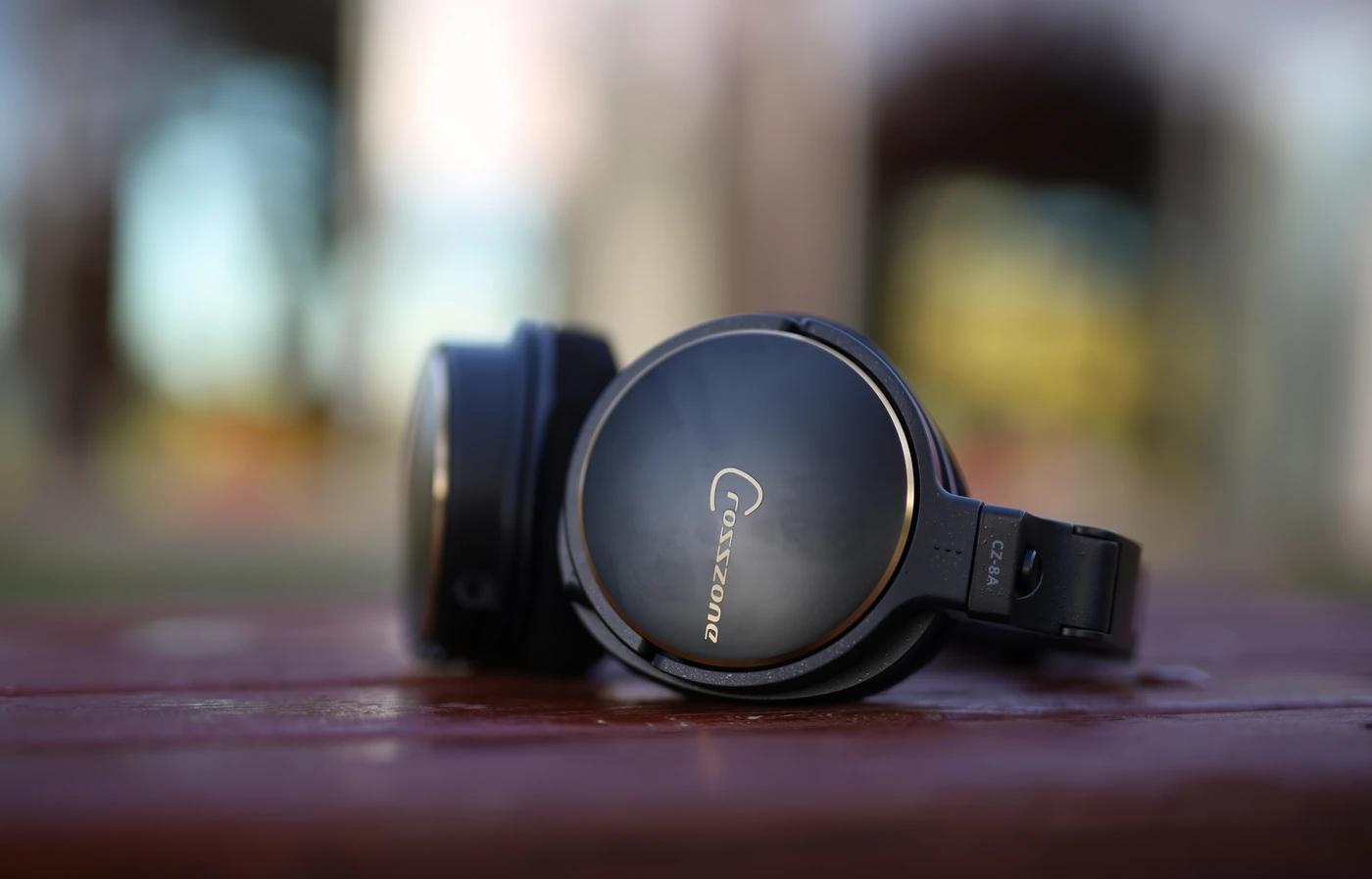
Introduction
With how popular the CZ-8a Headphones have been, Crosszone have received strong customer feedback, and the new ENHANCED version is an answer to those calls. We now have in our hands the redesigned, sonically improved variant, and although it looks exactly the same as the original on the outside, there is a little sticker that shows if you’re using the enhanced or the original version of the headphones. As an Amazon Influencer, I earn from qualifying purchases, and using the purchase links in my reviews helps me maintain this website and Youtube Channel. I thank MuSon Project and Crosszone for providing the sample for this review, in exchange for my honest opinion.
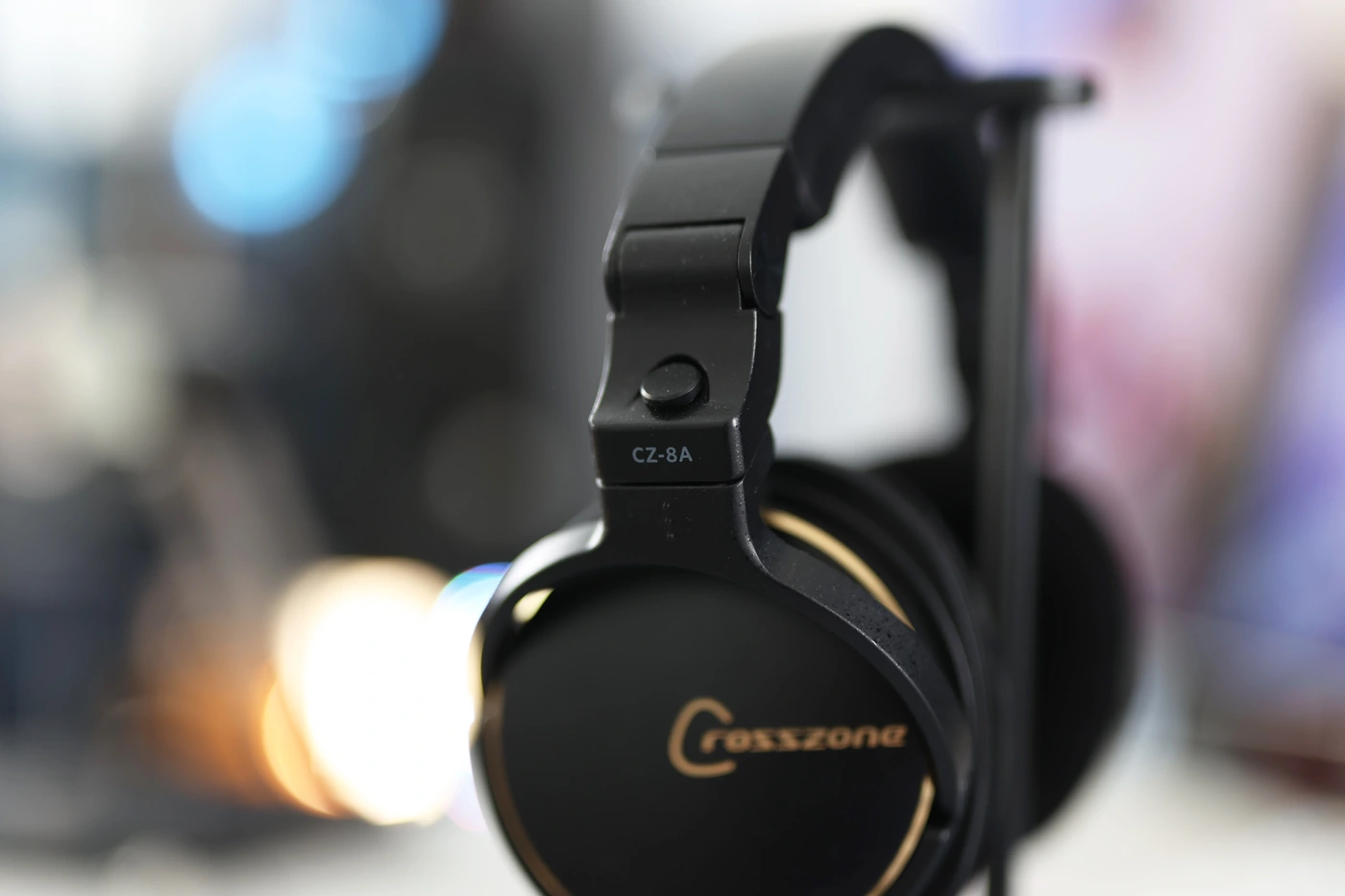
PROs – Comfortable to wear, exceptional build quality, Fantastic new tech that allows for a unique presentation, Wide and Holographic soundstage, Deep Soundstage, Strong Bass, Impactful sound, Resolution far better than you’d expect, the soundstage is larger than any pair of headphones and likely any pair of speakers I heard to date, warm, wooly bass, non-fatiguing presentation which is always smooth and enjoyable, softer transients, refined overall musical note presentation. Although the earcups have an aluminum sheathing inside, the sound resembles wooden instruments accurately.
Cons – The sound and tuning is strongly source and fit dependent, the technology doesn’t always work for everyone, it depends on the anatomy of the head, Balanced cables cost extra, it takes around 20-30 minutes for the sound to become natural and for your head / mind to get adjusted to it. The headphones have an almost wooden resonance to them which is audible with most music, sounds great for wooden instruments, but gives a bit of extra body and coloration to other instruments.
Product Link
You can grab a pair of the Crosszone CZ-8a Enhanced – https://amzn.to/3QR9myf
Build Quality/Aesthetics/Fit/Comfort
It is always a pleasure to review headphones from Japan, and with the highest standards of build quality, Crosszone is easily one of the best known producers from the land of the rising sun. The new ENHANCED version of the CZ-8a headphones comes with a retuning, aiming to be a sonically more perfect headphone than the CZ-8a original was. The comfort and build is very similar, as both headphones come with no obvious differences, so we still have the proprietary cables which feed both the left and the right channel signals to each earcup. A complex crossover inside the ear cup will determine which ear cup acts as the right and which acts as the left channel, most of the magic happening here, where the sound gets split and sent to each driver, to create the huge and holographic soundstage Crosszone CZ-8a Enhanced is known for.
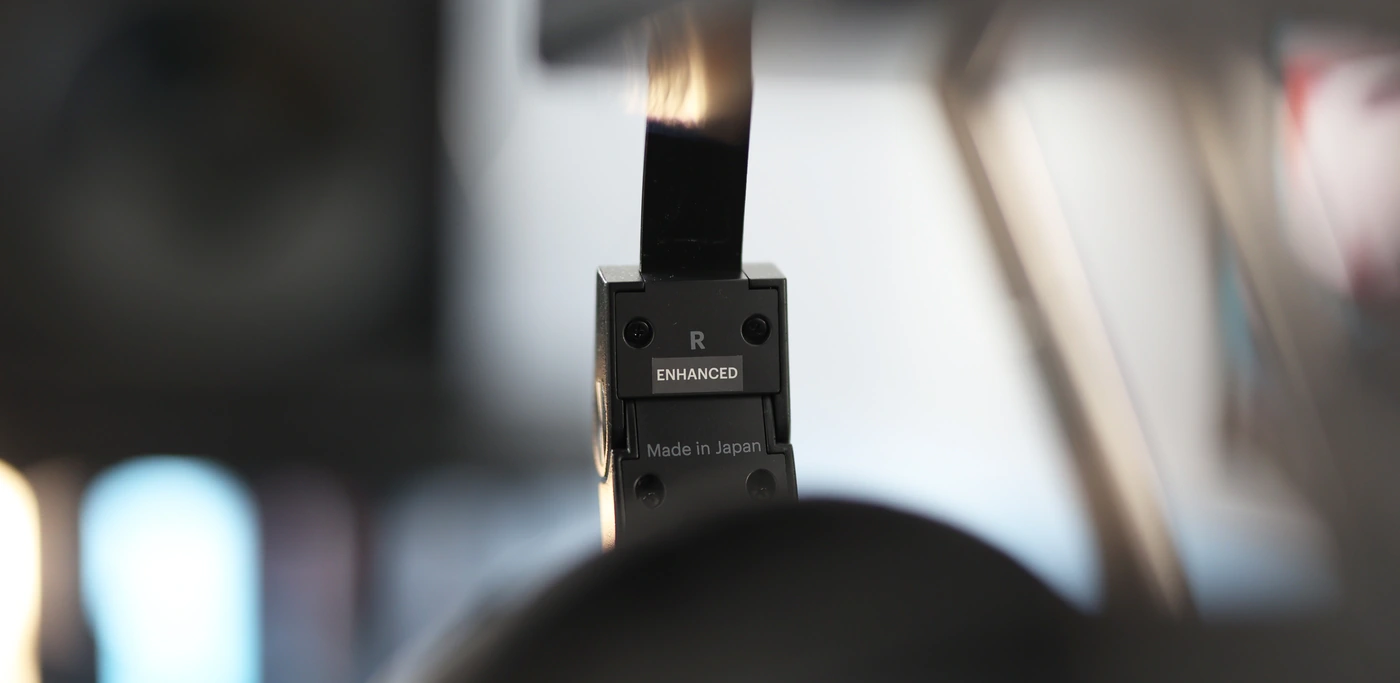
The frame of the headphone is made of Magnesium and the earpads are covered in an Alacantra material, plus the headband adjustment mechanism is quite unique, allowing for the lateral pressure on the ears to be kept at a minimum. This is a mechanism seen in all Crosszone Headphones, and they all exhibit a slightly lower lateral pressure, which in return can cause a user to lose seal, and has resulted in polarizing opinions about their sound and fitting. I found that a head which is flatter on the sides will find good comfort and a very good sound with CZ-8a while different anatomies might have trouble. A solution would be deeper, and softer aftermarket earpads, but as far as I know there are not any available right now.
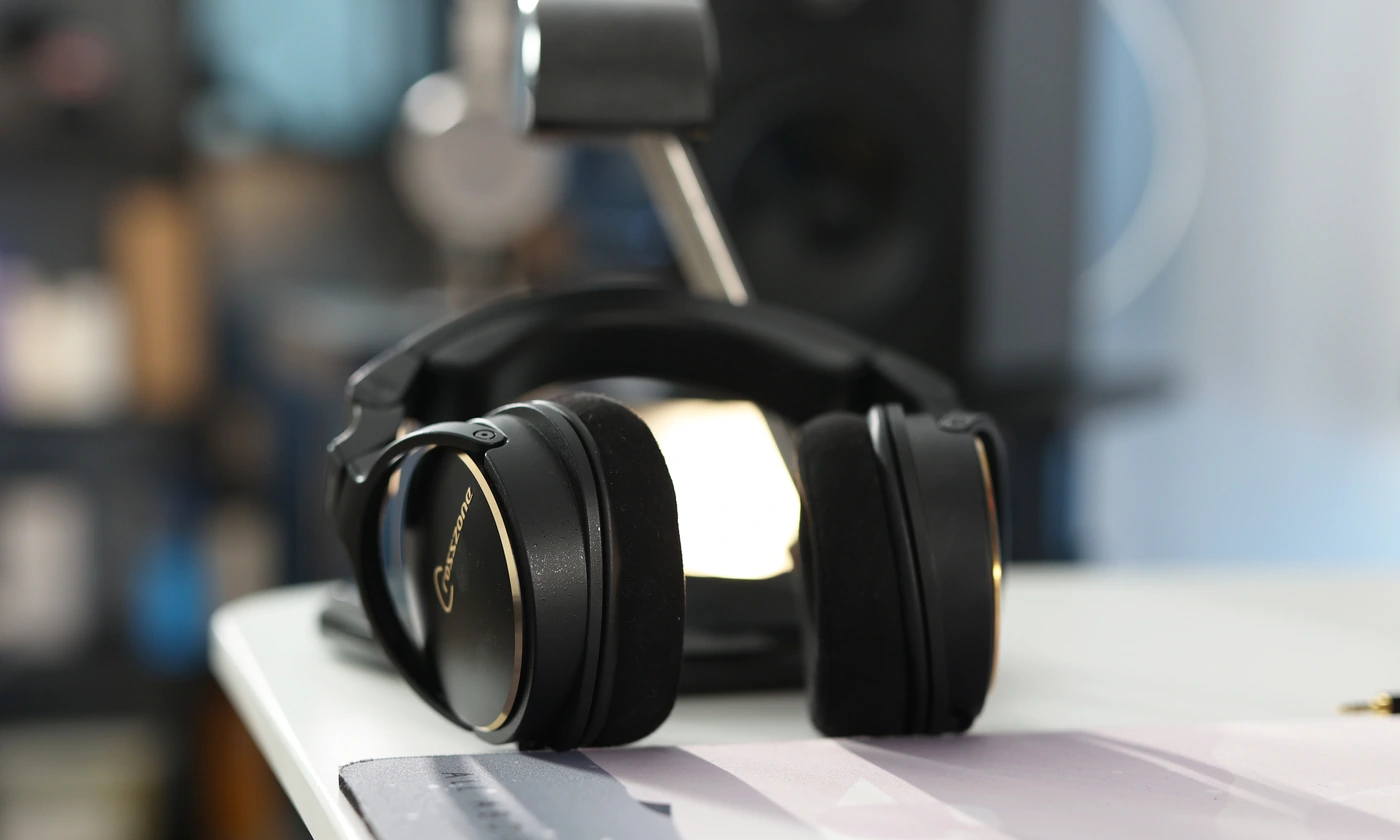
The internal crossover design is complex, and the headphones have a unique technology named External Sound Localization, basically a way of tuning and designing the drivers, to play music as if coming from outside your heard, and enlarge the soundstage. This is achieved by using an Acoustic Resonance technology (ART), and Acoustic Delay Chambers (ADC). This term is to not be confused with ADC as in Analog To Digital converters, as there is no digital processing as far as I know inside of the CZ-8a Enhanced, and there is only analogue and acoustic filtering.
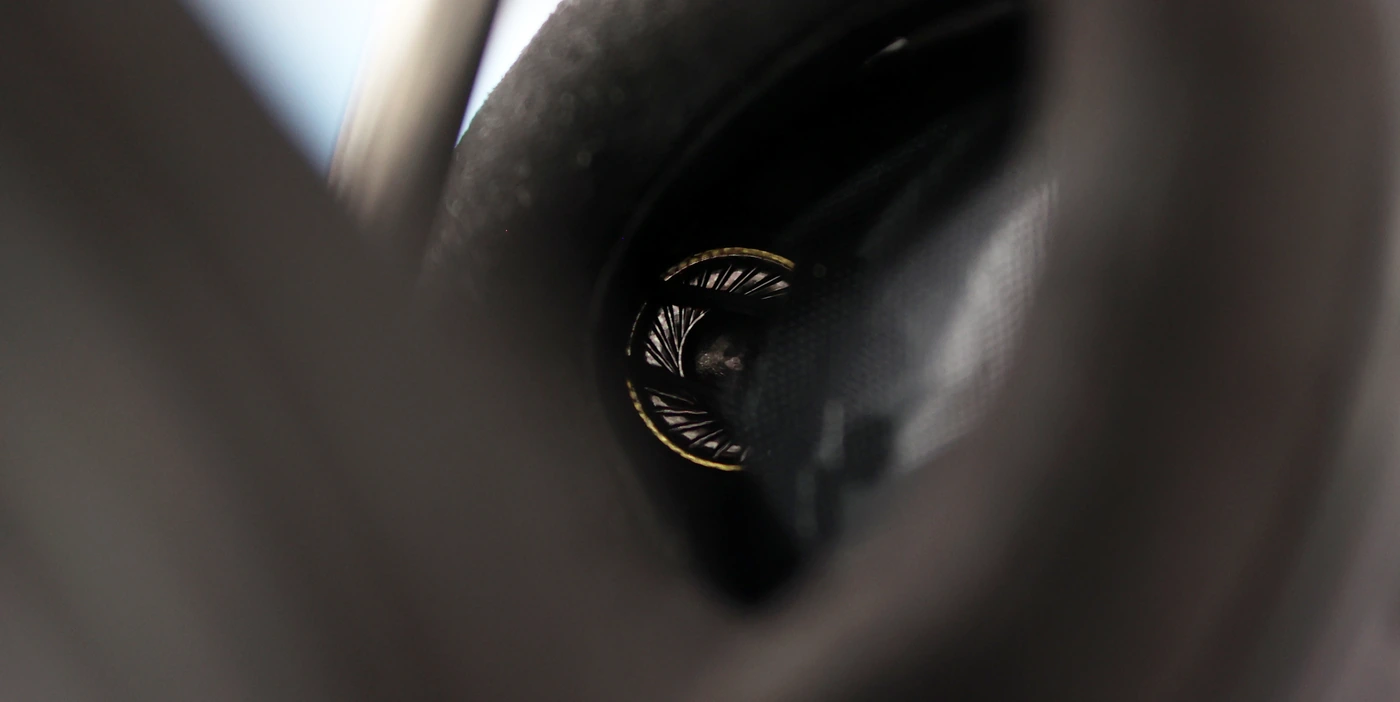
The Wave Front Control Technology basically uses a really complex driver plate, embedding three drivers in total playing on each side, with the high frequency driver, 23mm in sizer playing directly to the ear, with the low frequency driver having a strongly damped acoustic design, and with a driver that would normally play the opposite chanel being present in each channel, but with that driver plating facing the outer cup and with a duct for the reflected sound to reach the ear. There is also a special duct which conducts the reflected sound coming from the back of the bass driver, and this is all controlled by a sound wave control guide, all drivers having beryllium coating, and a brass ring to control vibrations.
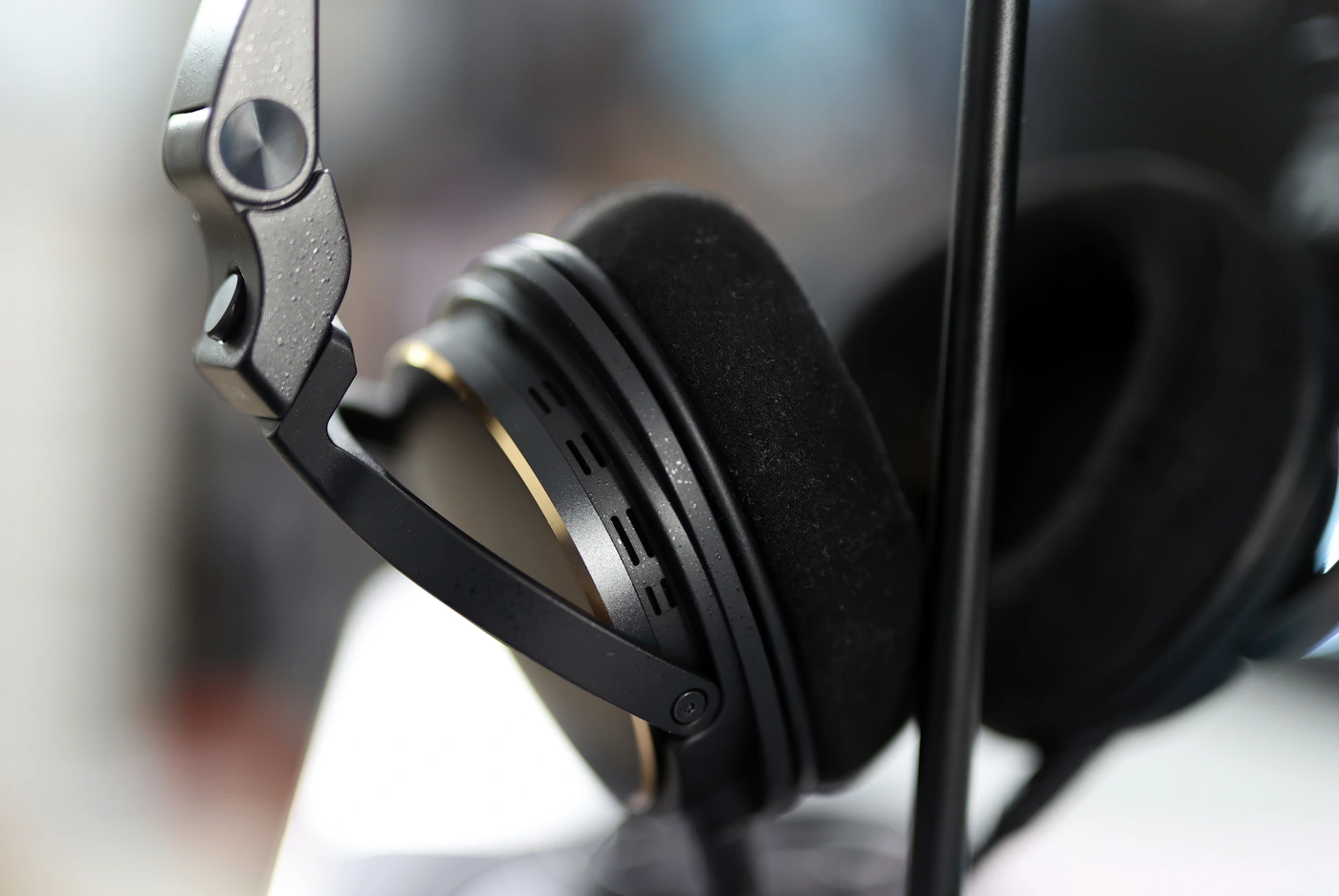
The earpad is designed with a different thickness at the front and at the back, to bring the baffle close to the ear, and to have the best control possible of the distance between the drivers and the ear. This allows the company to create a uniquely large soundstage, but at the same time if the listener’s personal anatomy doesn’t fit with the earpads, it can throw off the whole setup entirely. The Acoustic Delay Chamber is the back of the earcup, which is a unique aluminum wrapping of the earcup, acting as both an EMI protection chamber, but also to deliver a more precise peak point for the resonance of the whole headphone.
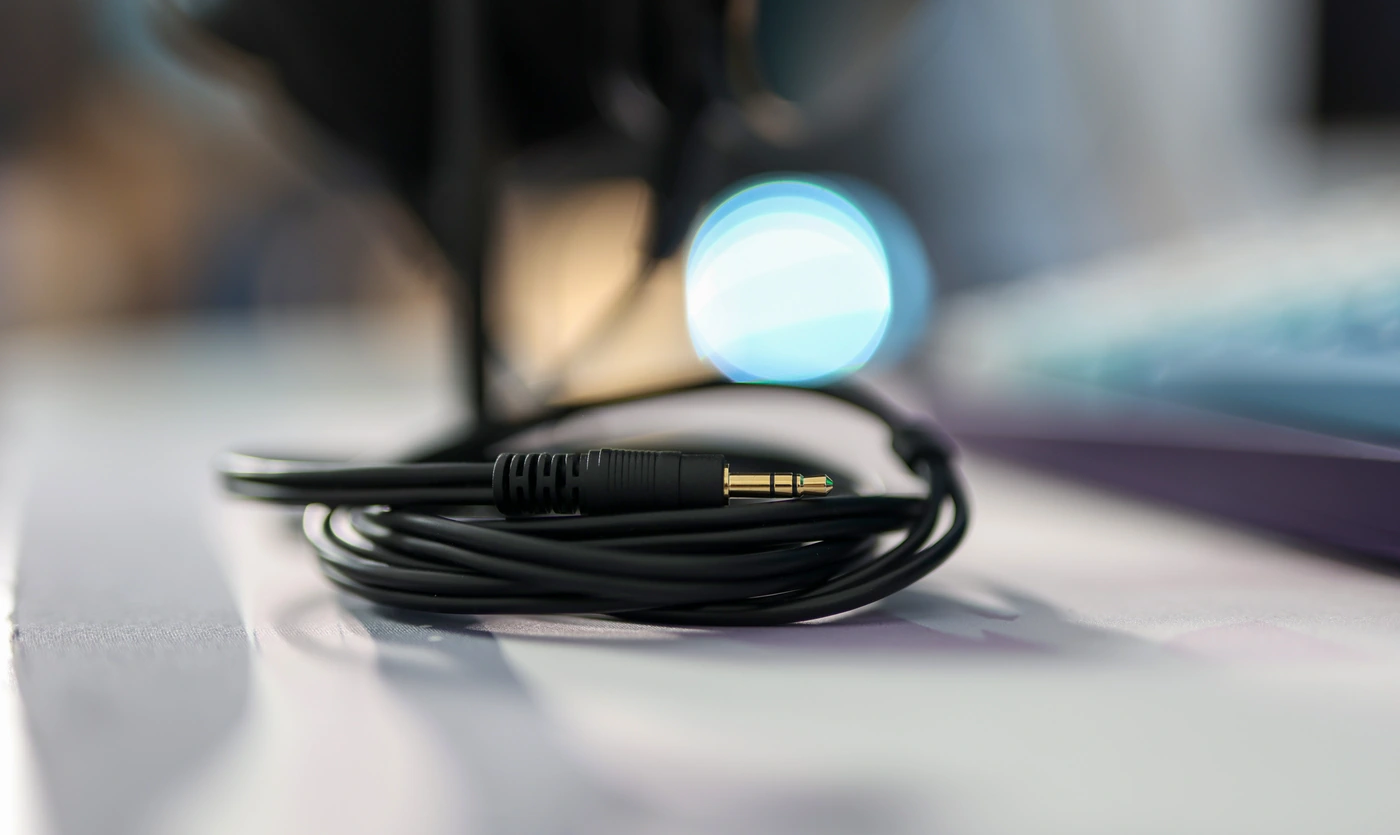
The principle of CZ-8a is closed-back, and you will not hear anything coming from the outside while wearing the CZ-8a Enhanced, but they leak strongly, as there are openings all across the top part of the ear cups to allow for pressure equalization. The impedance is high, at 75 OHMs, so you will never have hissing or background noise, but you will need a pretty capable source to drive the CZ-8a Enhanced. The SPL or sensitivity is also fairly normal towards low, at 100 dB / mW, so they will eat through power to work properly. A balanced cable would be most recommended, but you would have to order one from Crosszone directly, as they have the CZ-BC15 Penta 4.4-A which I reviewed recently, or the more affordable CZ-BC15 Penta 4.4. Speaking of the driving factor, CZ-8a Enhanced is extremely picky with the source, and no rule of thumb applies to what they will pair well with, but I generally like them better off a neutral, clean and tight sounding source, the best pairing I was able to make for them having been with iBasso D16 Taipan. I have also driven the CZ-8a Enhanced from FiiO Q15, HIFIMAN EF600, iBasso DX260, Aune S9c PRO, FiiO K9 PRO, and JDS Labs Element III Mk2 Boosted. The DAC/AMP from JDS Labs is an important one because it has EQ embedded and it allows you to slightly alter its sound, and increasing the treble and lowering the bass on it would result in a more neutral, more balanced tuning with CZ-8a Balanced. This being said, the sound has a peak between about 500 Hz all the way to 1200 Hz, with it reaching the strongest point at 800-1000 Hz, which would need a more precise tuning to properly even out.
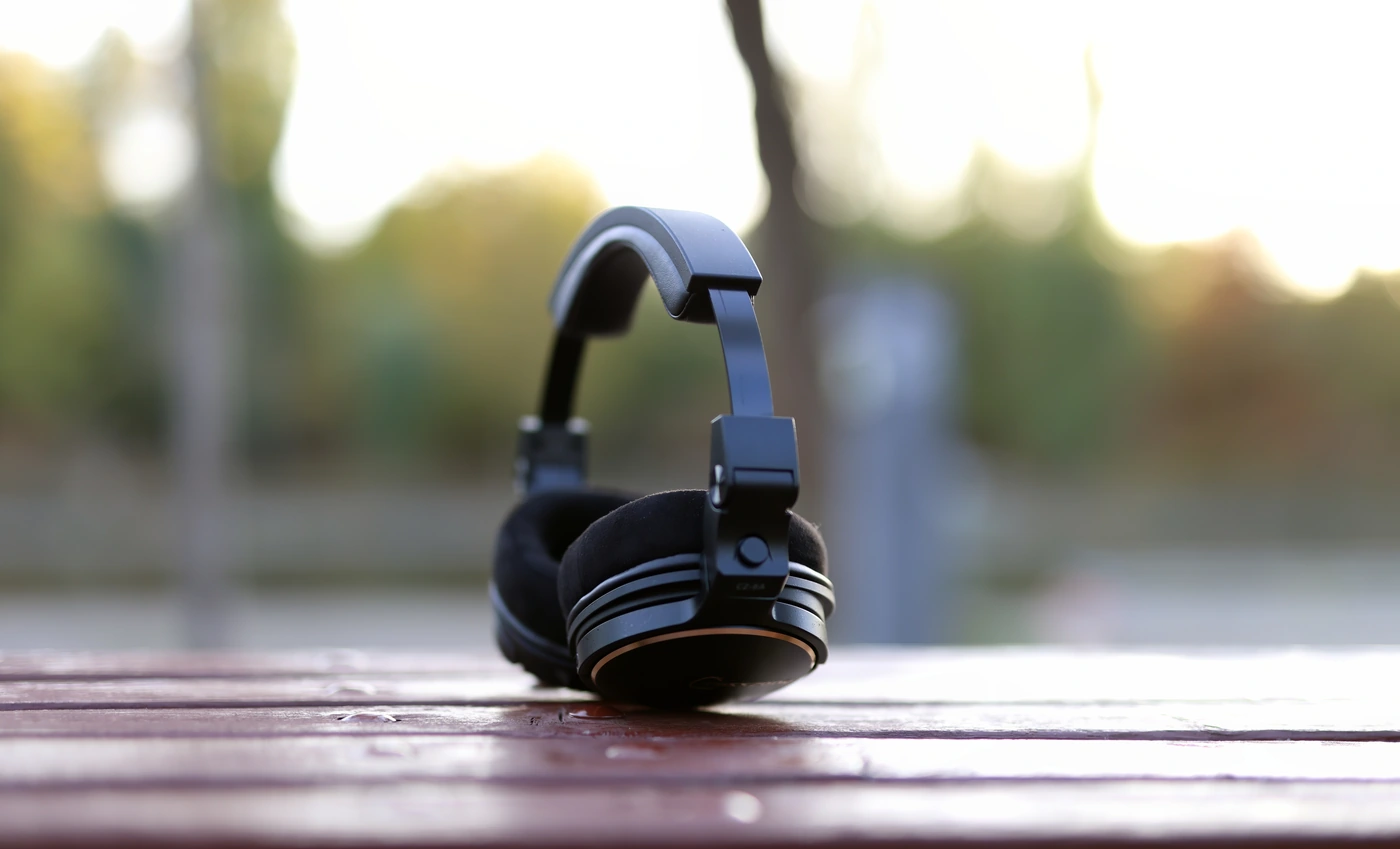
To test whether the channel separation is alright, if you use a computer and set the volume to play only in the right or the left ear, it actually works regardless of how you reverse the cables in the earcups. I don’t quite understand how this works to be honest, as in theory the cables would carry either of the signals. What I can confirm is that it does work correctly, and Left / Right separation exists, works correctly, there is a bit of the other channel blended in each channel, as the company states on their website, but this seems to actually help the sound rather than affect it negatively. I will make sure to explore the effect and how it works more in-depth if the company makes public more information about the crossover they are using and how it actually works. The thing is, the headphones know which is the right and which is the left channel regardless of where each cable is plugged, so it would be interesting to learn how the headphones actually know that without making the sound mono before.
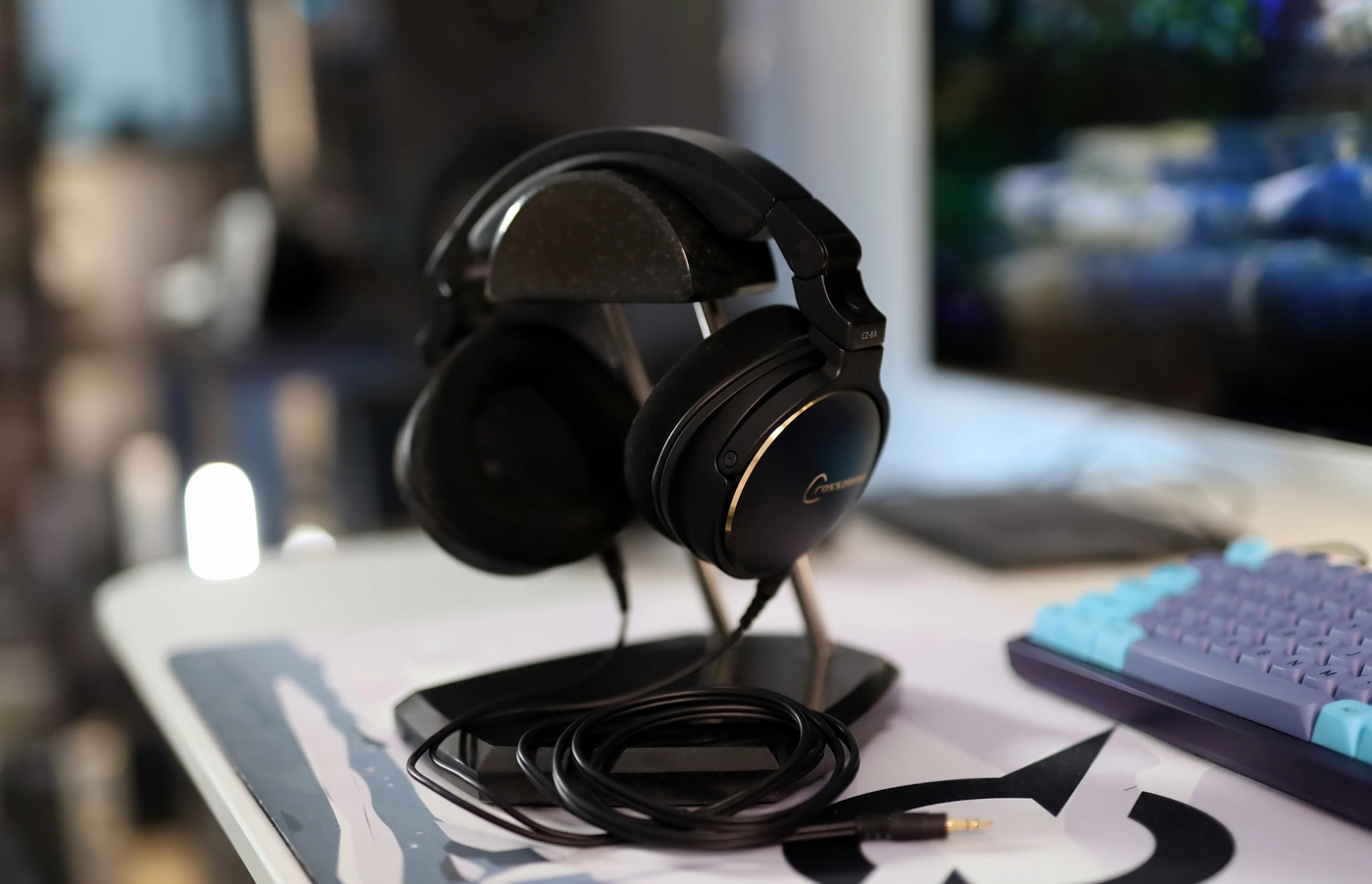
Because this one headphone requires special fitting, when listening to them, try to touch the front of the earpads with your ears, and not the back of the earpads. Basically, push the headphones towards the back of your head, as much as you can, while playing music, and you will hear the moment the ear aligns with the main driver and when the whole driver array aligns perfectly. There is a very specific sweet spot where they sound brilliant, and being off-axis off that spot will affect the sound and tuning, resolution and sound heavily and create unnatural, boomy and boxy voices / presentation. The headphones should also sag a bit on your ears / head and on the vertical axis you should be as close to the center of the driver array as possible for the best sound, and not be kept in the upper part of the head, although naturally I fit most headphones higher and towards the front of my head, CZ-8a needs me to keep them exactly the other way around, lower and towards the back of my head for the best sound and fit. As we have multiple drivers playing at the same time in a very specific channel arrangement, the sweet spot can be narrow.
Sound Quality
Overall Signature – While some headphones sound correct and natural right away, CZ-8a Enhanced takes around 20-30 minutes for your mind to get used to the signature, and for the earpads to warm up and soften up, the seal to become proper and for them to just sound right. You also have to place your ears right next to the front of the headphones, which will take some adjustments, as most headphones sound correct when the ears are in the back of the earcup, so with all the fitting factors, you can expect them to take that half an hour to sound right after first placing them on your head. After you get used to the sound and fit, the sound is deep, bassy, with a heavy mid bass, boomy and bombastic presentation, exceptional depth and resolution, and with an airy treble, which rolls off more strongly with louder volumes. The tuning and signature works exceptionally well for EDM, Pop, Rap, Electronic music and acoustic music. Voices in general can sound a bit boomy, with a bit of extra echo than you’d expect, but the same tuning creates a really natural blend for all instruments, projecting the soundstage far in the lateral perception, and deep in front of the listener. This means that the resolution is far better than what you’d expect, CZ-8a enhanced allows you to hear effects and resonance / reverb of instruments which makes sense, and which sounds much closer to the real thing, the real instrument than most alternatives.
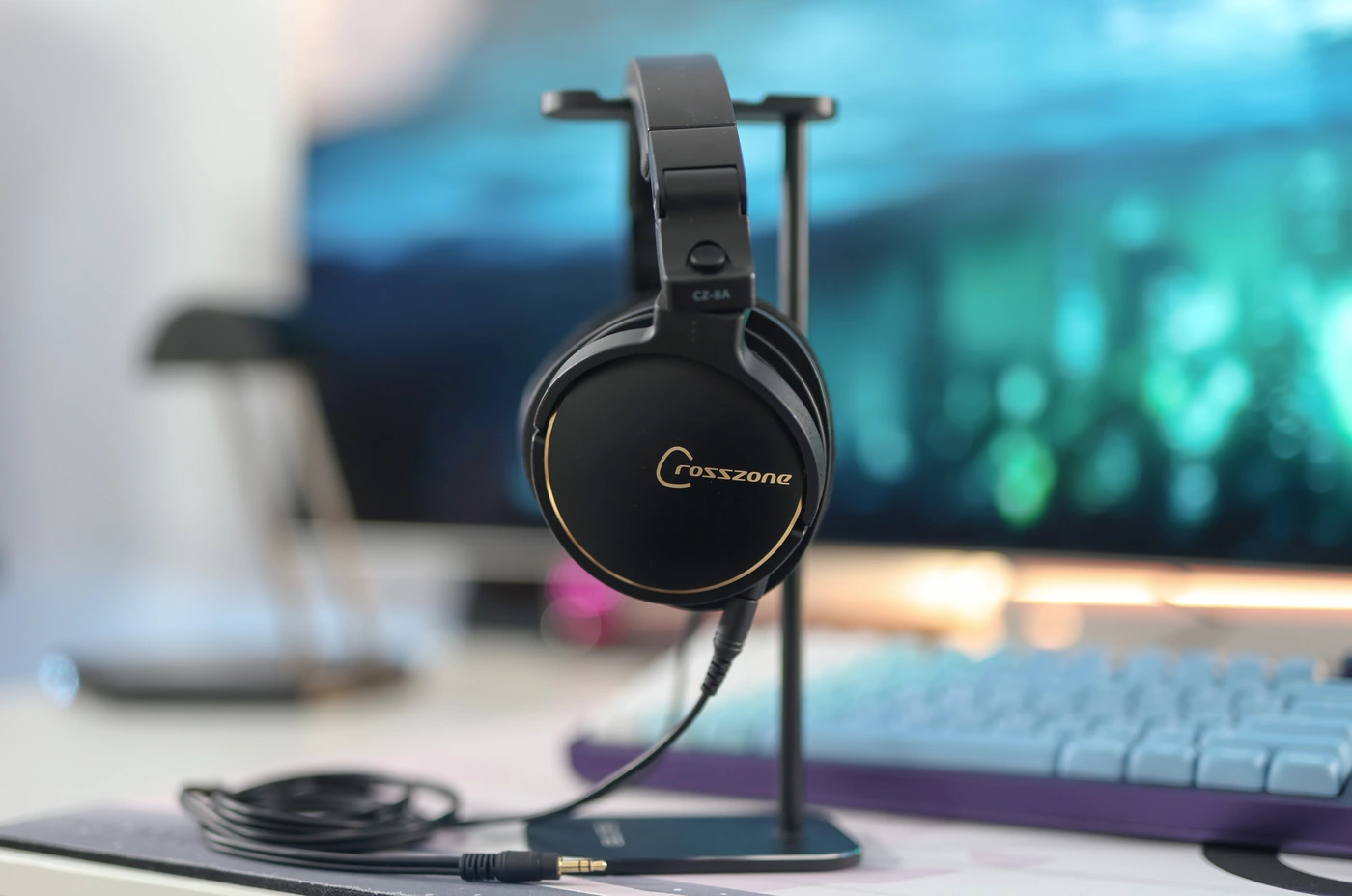
Bass – Deep and fluid basslines sound exceptionally thick and smooth through the CZ-8a Enhanced, it is a perfect headphone if you’re looking for the ultimate bass, and resembles the way Rosson RAD-0 handles bass as well now, being fully, thick, warm and clean with zero distortion, regardless of the volume and amount of bass present in music. The bass fills the entire space presented by the CZ-8a Enhanced, and since this is a headphone with a huge soundstage, the bass also sounds wide and forever filling the sonic space, has a long decay and extra trailing behind each musical note, but they don’t interfere with each other, so you can expect a zero distortion presentation, where the bass adds to the actual information in the song, adding body, substance and presence to all instruments, including guitars, lower notes on pianos and male voices.
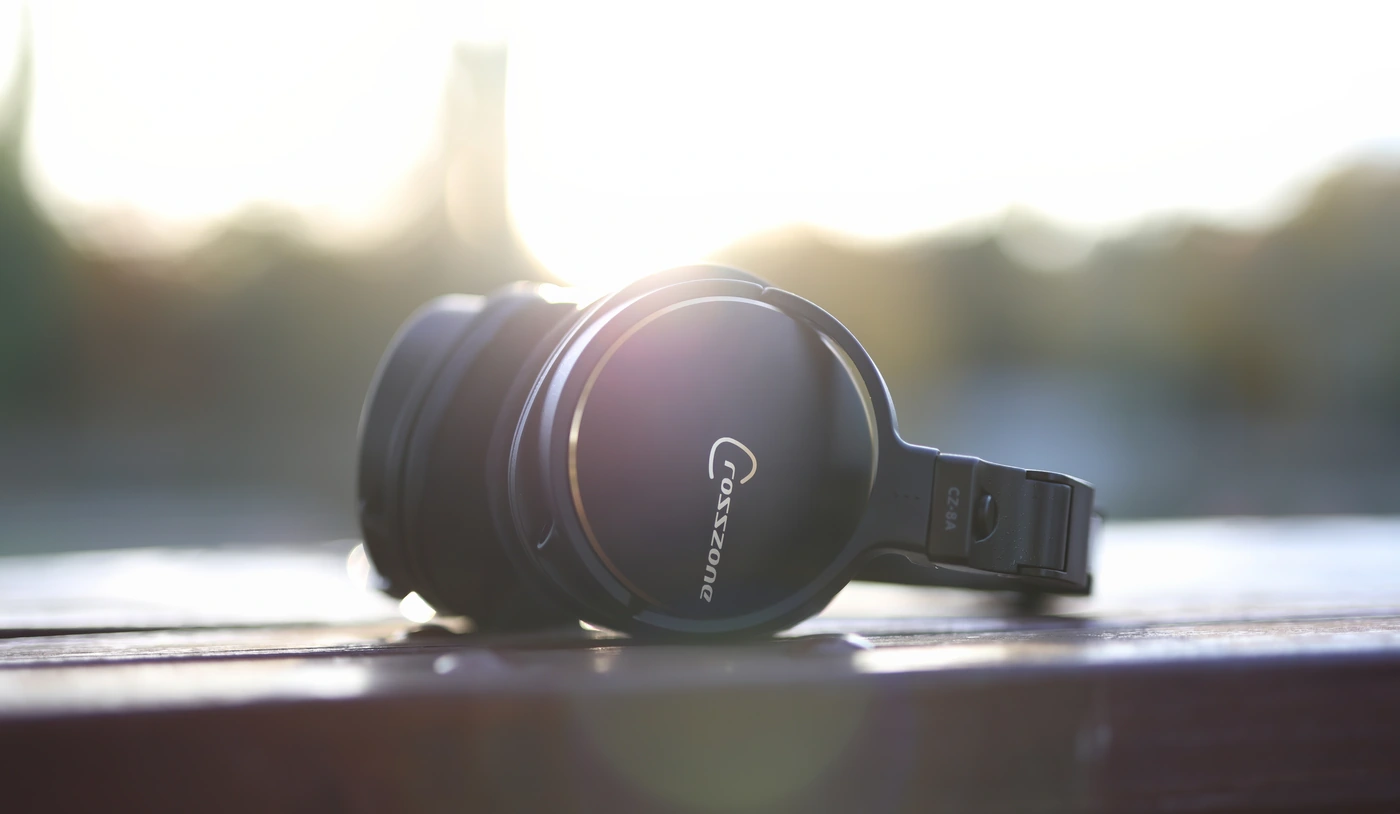
Midrange – The midrange will be the most polarizing aspect of CZ-8a Enhanced, they have a colored midrange which brings forward the frequency range between 500 and 1200 Hz, with a strong peak around 900 Hz, but this moves quickly with poor fitting, and you will generally hear a more natural sound after allowing the headphones to settle in for a couple of minutes. Female voices are always natural, clean and smooth, while male voices are on the slightly boxy side, especially voices like mine, which have most of the body right in the middle, deeper voices sounding more natural, and thinner voices sounding natural too. Most musical instruments are advantaged by this presentation, guitars sound vivid, vibrant and happy, while pianos sound resonant and ethereal, drums also being revealed differently by the peak, as it makes the premiere drum sound louder than the other drums, and cymbal crashes as well as the upper midrange are quieter, which gives a specific tuning for all music played through CZ-8a Enhanced. As this is a pair of headphones which increases reverberation and presents it more, enlarging the soundstage, it results in music recorded live sounding much more like the real thing, while studio recorded music sounds more as if it was played live, which can be quite colored. The warmer tuning of the CZ-8a Enhanced can come through as having a softening veil and boomy.
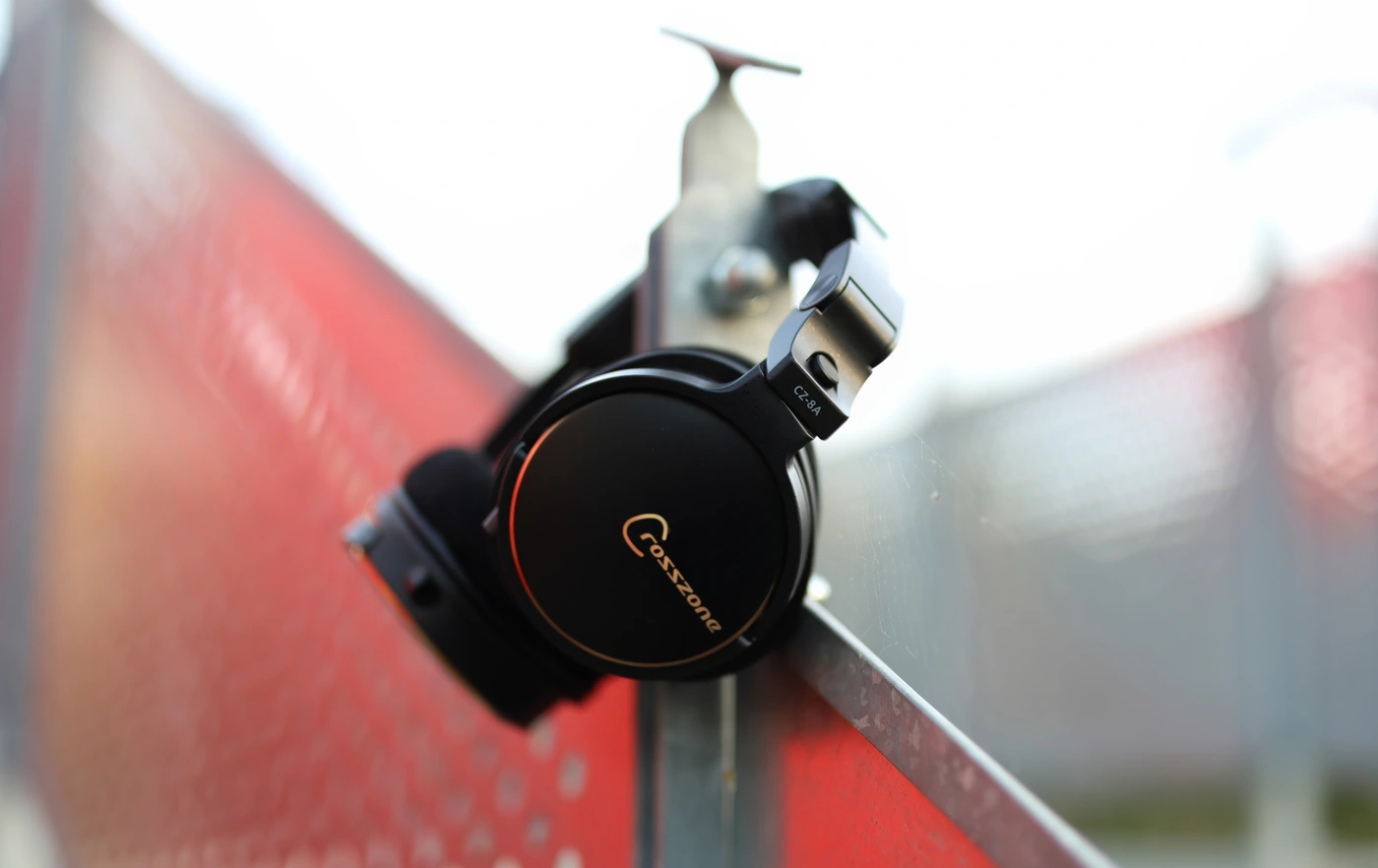
Dynamics / PRaT / Textures – Crosszone went for a soft, rounded and relaxed texture presentation for CZ-8a, and this combined with the soft roll off in the treble and the thick, heavy bass results in a pleasing, wooly sound that’s refined and never fatiguing. The best part is that the headphones manage to present all details and even micro details present in music, but they present distant sounds, and distant details as far away as they’d be with an ideal speaker in an acoustically treated room, so you can simply close your eyes and find so much information, rich instruments and rich texturization, but presented in layers, with strong cohesiveness. The tuning is different from what most IEMs and Headphones go for, and if most sound like a recording studio, putting everything in your face, right there for display, CZ-8a layers everything deeply, and enhances both the body and the reverb of each instrument, allowing them to exist in a more analogue form, refined but uncut. If you love a generally relaxed and smooth presentation, CZ-8a Enhanced will offer that perfectly.
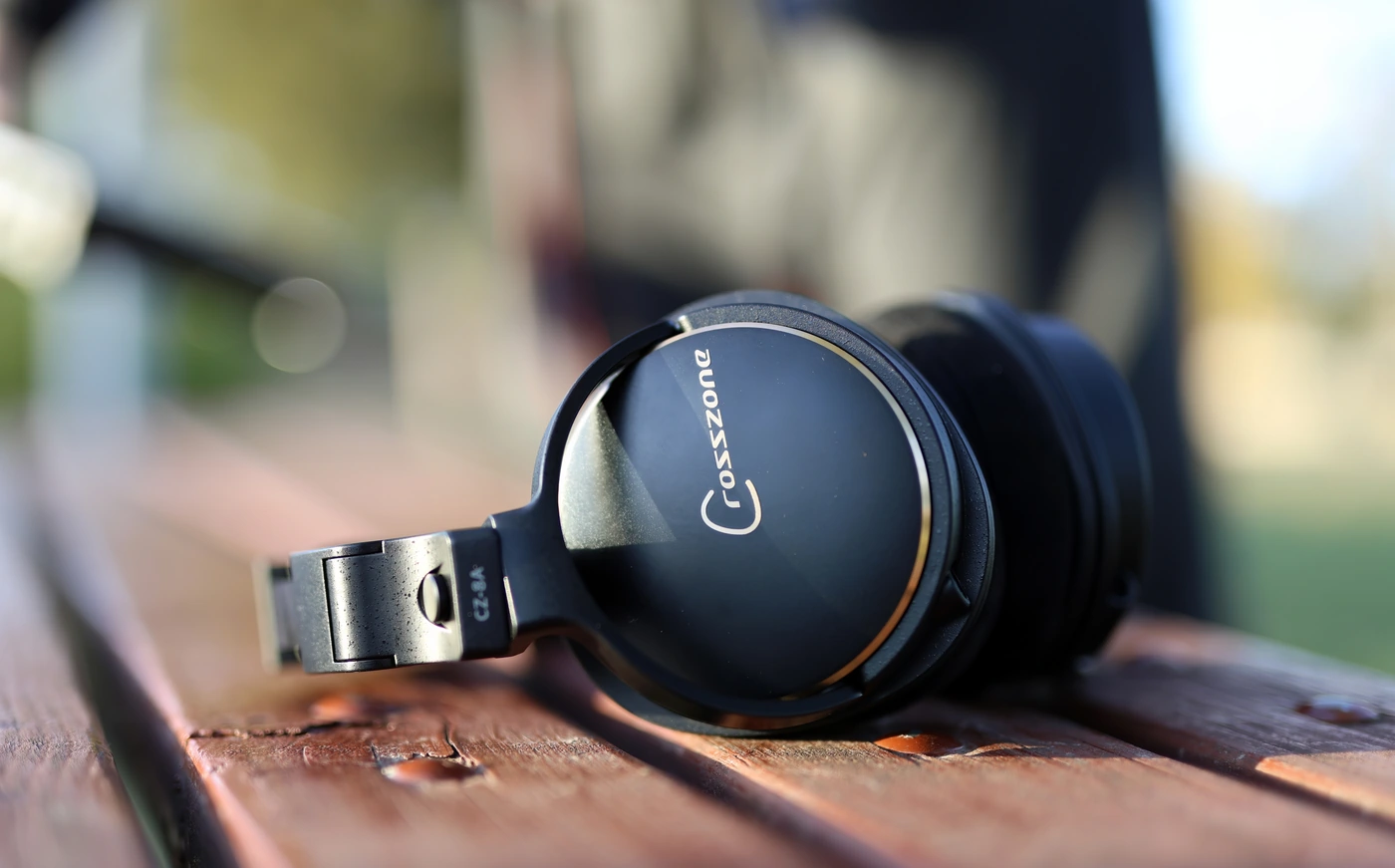
Soundstage – The biggest advantage and what Crosszone has been cooking ever since the first day of their first headphone has been enhancing the soundstage and making it sound as natural, wide and holographic as possible. I would say that they achieved this, and even comparing the CZ-8a Enhanced to other headphones which sound wide and holographic, the CZ-8a Enhanced still sounds much wider, more holographic, but the stage blends everything together as you’d get with a full sized speaker, the music extends infinitely horizontally, but it sounds open, you get a proper delay and acoustic reverb, not a precise, definite end for each musical note as you’d get with a headphone usually. The stage as presented by CZ-8a is everlasting, it simply extends ad infinitum, projecting instruments really far from the listener, if the song allows for it. This being said, jazz still sounds intimate and warm, lush and personal, emotion is not lost in the width, and music is generally very enjoyable. In the off chance that the fitting is not perfect, this can throw off the soundstage greatly, which is why with headphones that rely on special earcup and driver tech to achieve soundstage, we have some folks absolutely loving them and other folks who state it doesn’t do the trick for them.
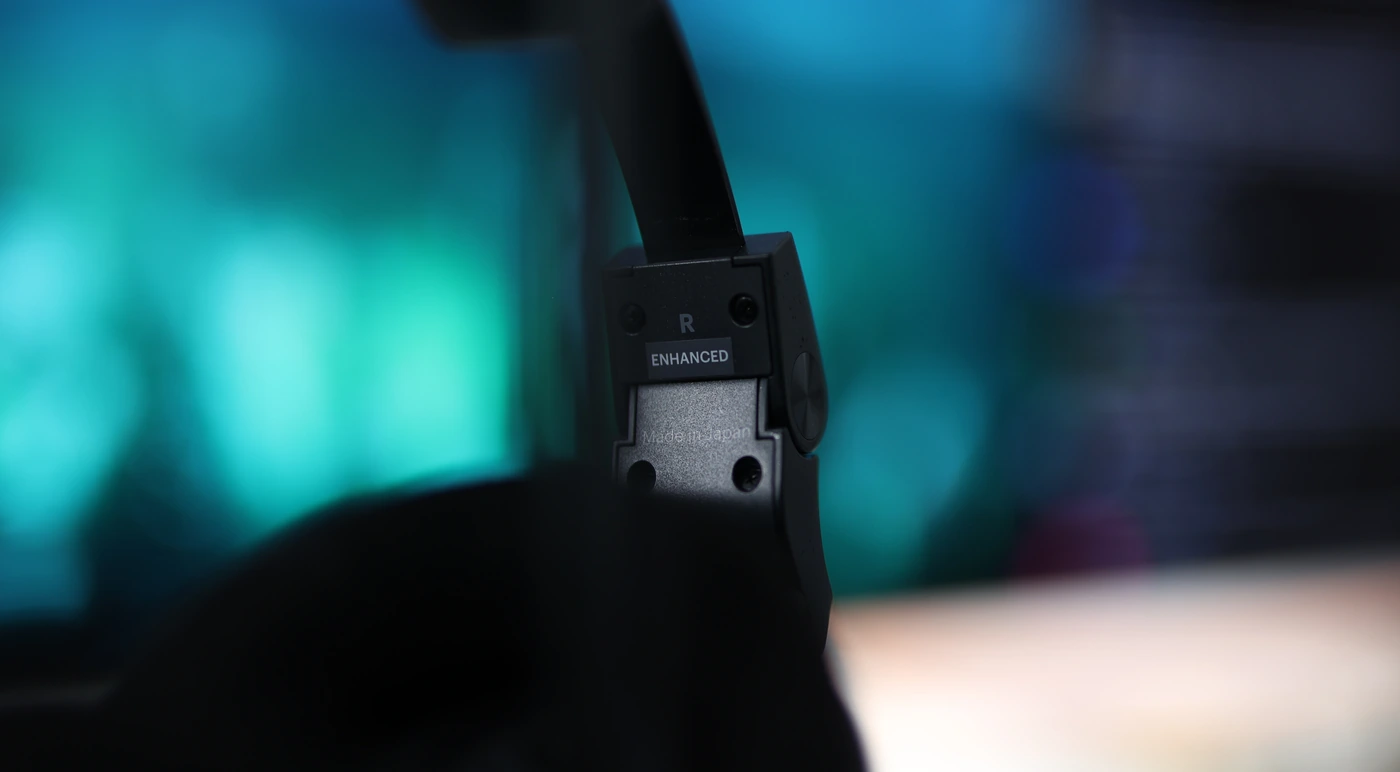
Volume Control – I originally introduced this chapter in the sonics part of a review to describe how well a headphone reacts to high volume and whether it distorts when pushed at louder volumes, but over the time I came to learn that there are more aspects relevant, for example, there are headphones which only sound good at low volumes, others which sound best at high volumes, and other headphones which sound best at a certain volume, where they find perfect balance. I will still consider a good volume control headphone which doesn’t distort at high volumes, and which sounds fairly similar across all volumes. Crosszone CZ-8a has absolutely zero distortion at all volumes, even when pushed higher than 120 dB, but they do not sound similar across all volumes, and it is a headphone which has three different sounds depending on whether you listen to them quietly, medium or loud. At quiet levels, they are a warm, fairly natural, lush and generally romantic sounding headphone. At medium volumes, you get a fairly fun presentation with a lot of bass, a relaxed treble, and a forward midrange with a bit of coloration in the midrange, and at maximum volume they become really colored in the midrange, with a specific peak around 1 kHz becoming more and more apparent, and with the bass becoming far stronger, and the treble rolling off earlier and more obviously. It is almost like having three headphones in one, the same way a zoom lens would act as three primes.
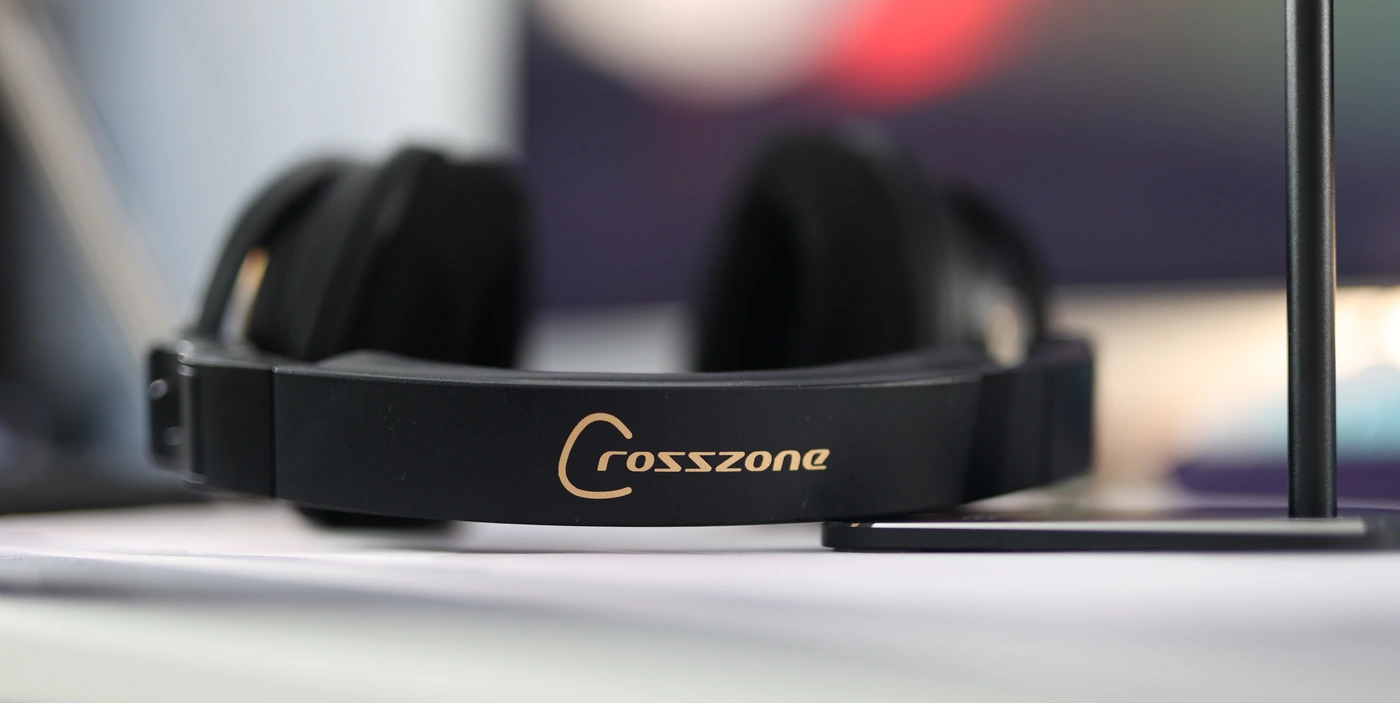
Treble – As a rule of thumb, the treble of CZ-8a Enhanced will decrease with higher volumes, attenuating, in an effort to decrease their fatiguing element, and this actually works well, as the headphones can never be fatiguing or harsh, instead they keep all the information up to the lower treble, but if you bring them loud the lower treble rolls off early and sharply, while if you listen at medium volumes, the whole treble is audible, strong and clean, with a strong extension up to 20 kHz. This being said, the bass is always around 10 dB to 16 dB louder than the treble, showing a strong drive factor, making bass guitars much more audible than cymbal crashes, or violins, pianos or guitars. This kind of signature works exceptionally well for rap and EDM, pop. It is interesting that you truly bump the volume without the sound becoming harsh or fatiguing, which is the norm with most headphones.
Comparisons
Crosszone CZ-8a Enhanced vs Spirit Torino Super Leggera (1700 USD vs 2000 USD)
Build – Spirit Torino Super Leggera is one of the few headphones out there which are lighter than CZ-8a, but the design falls almost in the on-ear category, and the overall comfort is better with CZ-8a, which has thicker earpads. The cables included with the Super Leggera are premium from the factory and hand made, while the cables of the CZ-8a Enhanced are basic, but the company does offer you the option to purchase high-end balanced cables separately. The build quality both is quite good, although I prefer using the CZ-8a Enhanced for longer periods of time, as it doesn’t form a hotspot at the top of my head from the pressure, and the earpads make it more comfortable for me to wear them both in the summer and in the winter. Both headphones are very picky with the source and will not sound great if underpowered or if they are not properly matched with a good source.
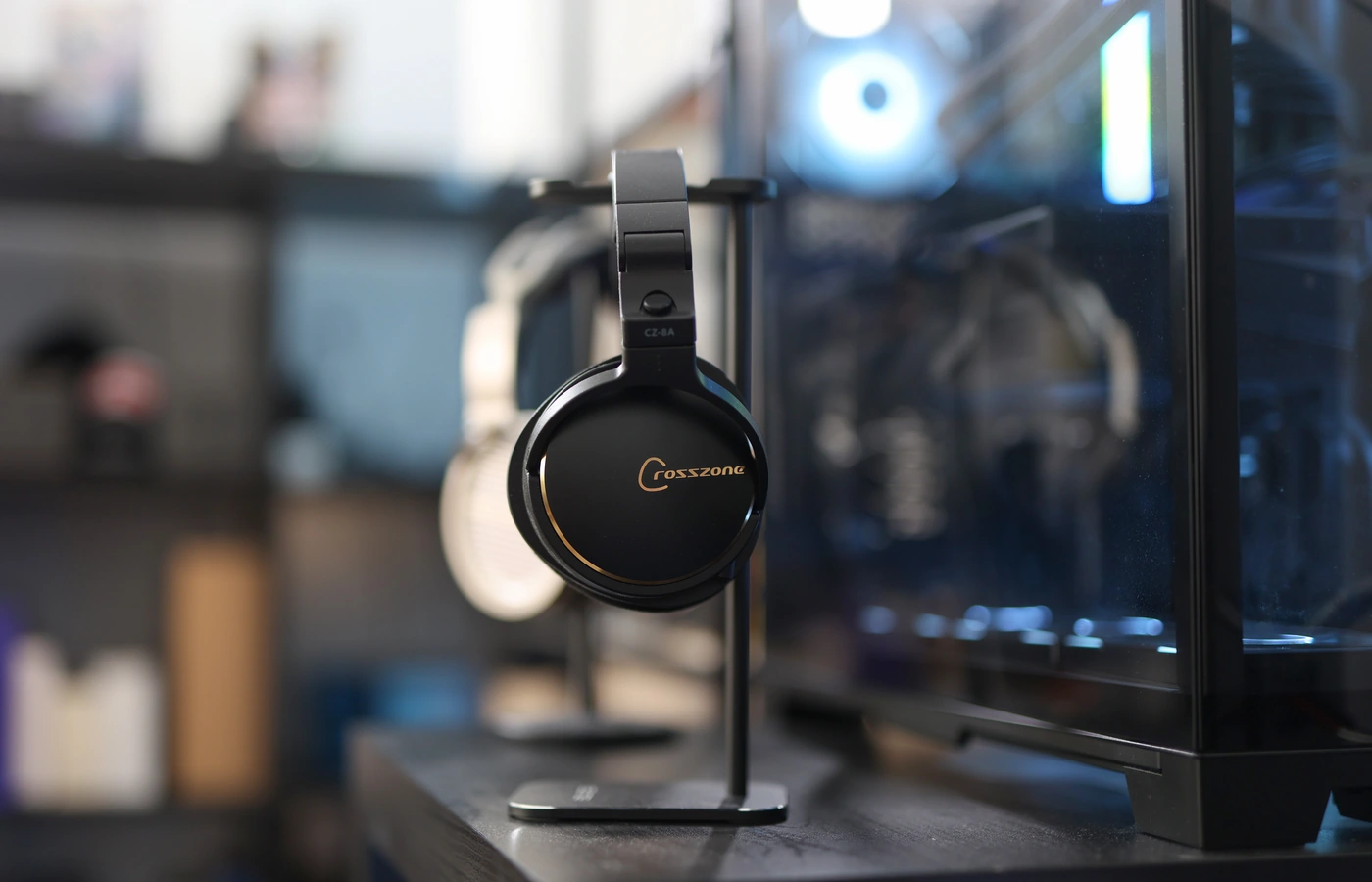
Sound – Sonically, both are warm in tonality, but the sub bass extends more with CZ-8a, which easily reaches 20 Hz and can produce a sub-bass rumble and deep impact, while Super Leggera rolls off at around 40 Hz, producing a shallower bass. The midrange is more colored on the CZ-8a, which has a very specific bump in the 750 Hz – 1 kHz region, while for the most part Super Leggera sounds warm, thick and smooth, lush, without any specific bumps or dips in the frequency response. The treble of the Super Leggera resembles more the treble of a Grado headphone, much brighter and more open sounding, while CZ-8a goes for ultimate relaxation, a smooth presentation and no fatiguing, or harsh elements, the treble scaling inverse relative to the volume, at quieter levels allowing for more air and sharpness, and at higher levels becoming less present, to counter brightness. I would always grab CZ-8a Enhanced for rap, downtempo, Low-Fi, and EDM styles, while Super Leggera is better for music where midrange is central to the sound, like rock and metal. The resolution of the CZ-8a Enhanced is higher, as it brings forward more texture, micro details, and body for each instrument, while the dynamic range is higher on the CZ-8a Enhanced, as Super Leggera can have a bit of a compression element to its sound, ideal for rock and metal.
Crosszone CZ-8a Enhanced vs Crosszone CZ-8a (1700 USD vs 1700 USD)
Build – There is absolutely no obvious difference between the original and the enhanced version of the CZ-8a, besides a very small sticker on the new Enhanced version. The comfort, driving factor, seal from noise and leakage are all the same, and they come with the same earpads and the same cables, as far as I can tell having them side by side.
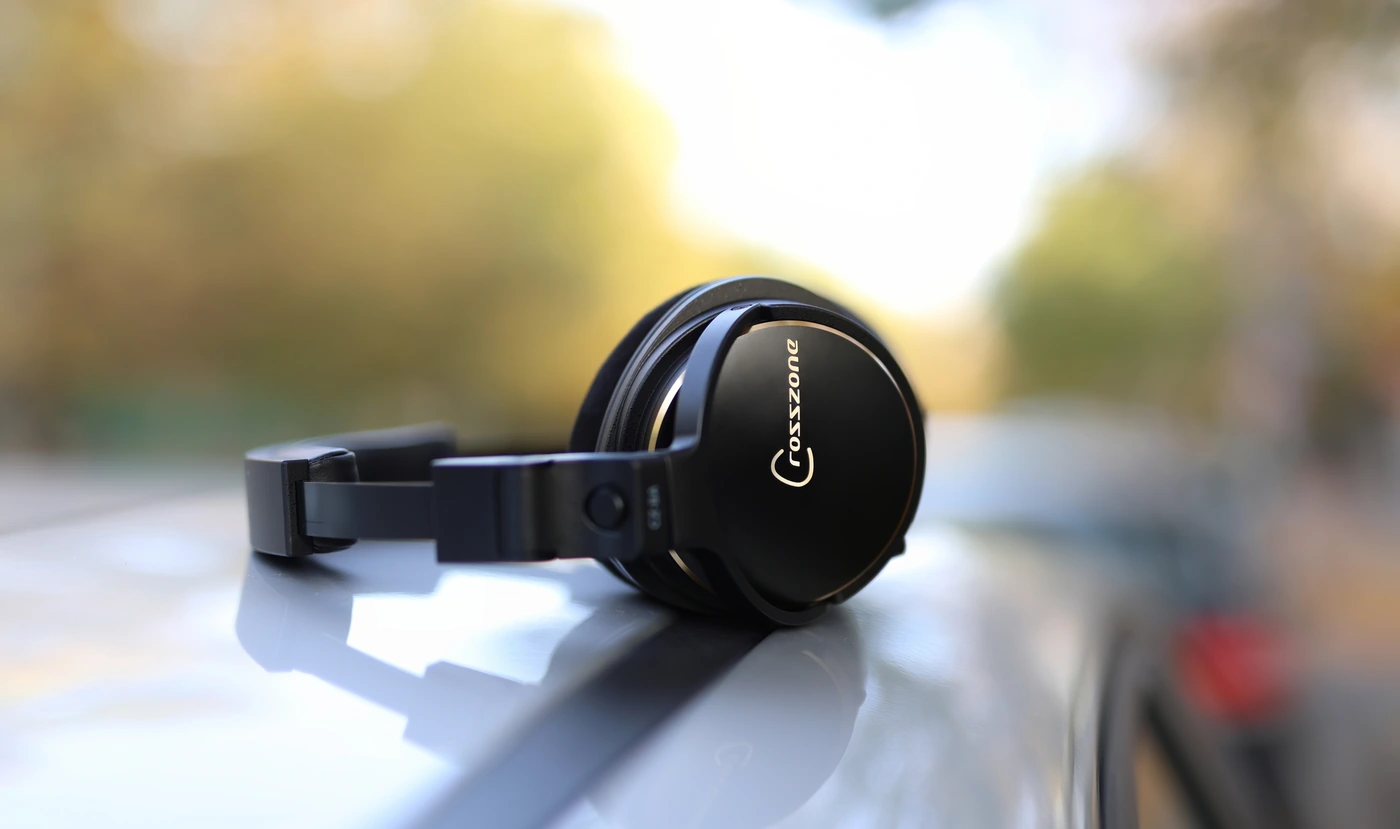
Sound – Sonically, the new Enhanced version has a much deeper, thicker bass, more impact and better sub-bass extension, being able to produce more low-end rumble, better bass depth, and a wider, plus deeper soundstage. The original version sounds lighter and the midrange comes through as slightly more natural, but the new version is quite a bit more enjoyable with EDM, Electronic and Low-fi music, while the original, having a lighter bass, was more of a strongly mid centric, focused sounding headphone. Both are strongly sourced and fitting dependent to have a good sound. The new Enhanced version allows for an increased resolution, with the sub bass punch giving each instrument more sense and body, and the dynamic range is also higher, as each instrument is allowed to play at a different volume from the others with less compression.
Crosszone CZ-8a Enhanced vs Audeze MM-500 (1700 USD vs 1699 USD)
Build – Generally speaking, both headphones are constructed nicely, both have a sturdy frame, but the earpads of the MM-500 are considerably larger and thicker, softer on the inside, but have leather on the outside. To some degree, my ears have a better comfort with the alcantara surface of the CZ-8a, but at the same time, I often wish the earpads of CZ-8a were thicker, so that I would have an easier time fitting them on my head. Audeze MM-500 is much heavier, and they are easier to drive, and much less picky with the source, while CZ-8a needs far more power and it is picker with the source. The overall comfort is a tie, since it is easier to get a proper seal with the MM-500 but the weight of CZ-8a makes it easier to keep them on your head.
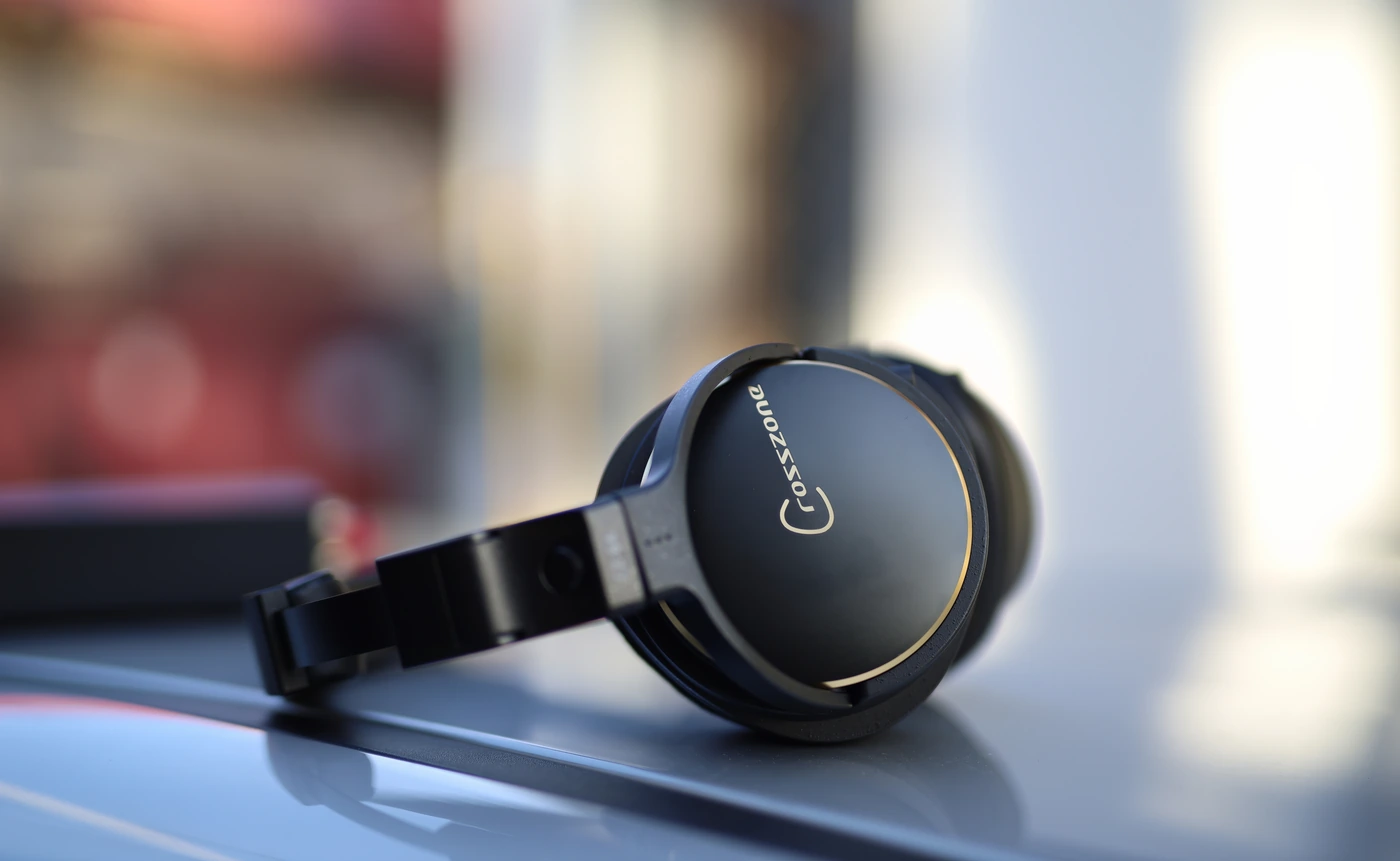
Sound – The sound of MM-500 is very different from CZ-8a, as MM-500 goes for neutrality, a full but controlled bass, tight and precision, instead of the romantic, wide and wooly sound that CZ-8a has. I would say that CZ-8a sounds really romantic and holographic, open despite being closed back, and boomy / bombastic, while MM-500 is a proper monitor for recording mixing and mastering music, precise and clean, neutral and surgical in the way it cuts instruments from each other. CZ-8a tends to blend music far more naturally, it brings out songs and musicality in instruments, emotion and sweetness, while MM-500 sounds neutral, clean, bright and more extended in the treble but with a much leaner bass. If you need a natural sounding midrange, MM-500 is far more precise, while CZ-8a pushes the 750Hz – 1 kHz range forward, which can take time to get adjusted to, and the bass extension depends on how good the seal is too. The maximum resolution is about equal, but thanks to its flatter response, and sharper treble, plus harder transient response, MM-500 has more definition, while the dynamic range is mostly equal, both headphones excelling in this aspect.
Crosszone CZ-8a Enhanced vs HIFIMAN Audivina (1700 USD vs 1999 USD)
Build – Audivina is a larger headphone, and in theory you’d expect it to be heavier too, but it is actually a bit more comfortable, with larger earpads, deeper earpads, and with the headband taking more of the weight off your head, and distributing it more evenly across your head. Both headphones are quite hard to drive properly, but both can get loud easily, yet both are picky and need a good source to reach their best sound. Audivina leaks less from the outside noise, despite CZ-8a Enhanced being semi open back, but Audivina also leaks more and feels more open, relative to how much it isolates. The default cables are fairly basic with both headphones, but you cannot use the cables for Audivina with the CZ-8a as CZ-8a feeds all channels to each driver array, allowing a complex crossover inside to determine which is the left and which is the right channel.
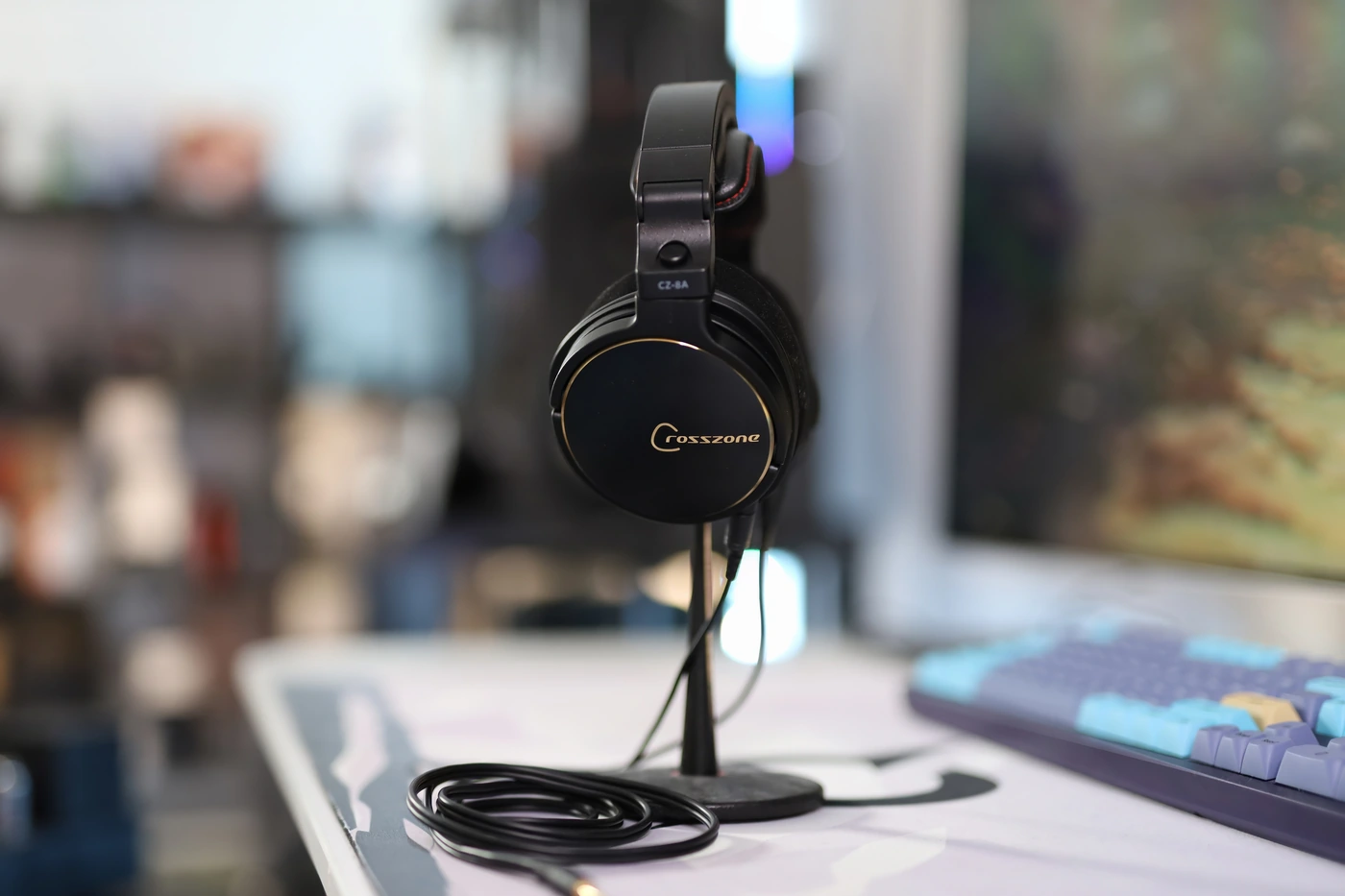
Sound – Sonically, Audivina and CZ-8a have a similar bump in the midrange, boosting right the center of the midrange and bringing forward voices, with a slightly open, slightly cuppy sound, but the treble of Audivina is much sharper at all volumes, which can evoke both the feeling of resolution, but also the feeling of a fatigue. By contrast, CZ-8a Enhanced sounds smoother up in the treble, but has a much heavier, deeper, stronger and more dominant bass, which colors the entire sound, brings more depth and lushness, while Audivina remains always more neutral and flatter sounding. The soundstage size is huge for both, but CZ-8a Enhanced blends instruments more, while Audivina separates them more, creating very distinct presentations, where Audivina sounds like a theater / opera hall placing you right in the middle of the orchestra, while CZ-8a Enhanced creates the feeling that you’re at a rock concert, and everything is playing on a huge stage, distantly around you. The maximum resolution is similar, but Audivina sounds sharper and has a harder transient response, and since they have mostly equal dynamic range, both can evoke emotion and precision fairly well.
Crosszone CZ-8a Enhanced vs Sendy Audio Peacock (1700 USD vs 1699 USD)
Build – The beautiful design of the Peacock stays true to the name, and this is a headphone that looks as good as you’d expect judging from the name, Peacock is incredible to hold in your hands, but the fitting and sealeage is actually not the best, as the earpads are rather hard, and it can be hard at times to get a proper seal. The cables of the peacock are also proprietary, just like with CZ-8a Enhanced, but the package of the Peacock feels more premium, with the default cable being balanced. It is much easier to drive the Peacock properly, and it is less picky with the sound, having a similar signature regardless whether you’re using a TOTL DAP or DAC/AMP, or a good dongle.
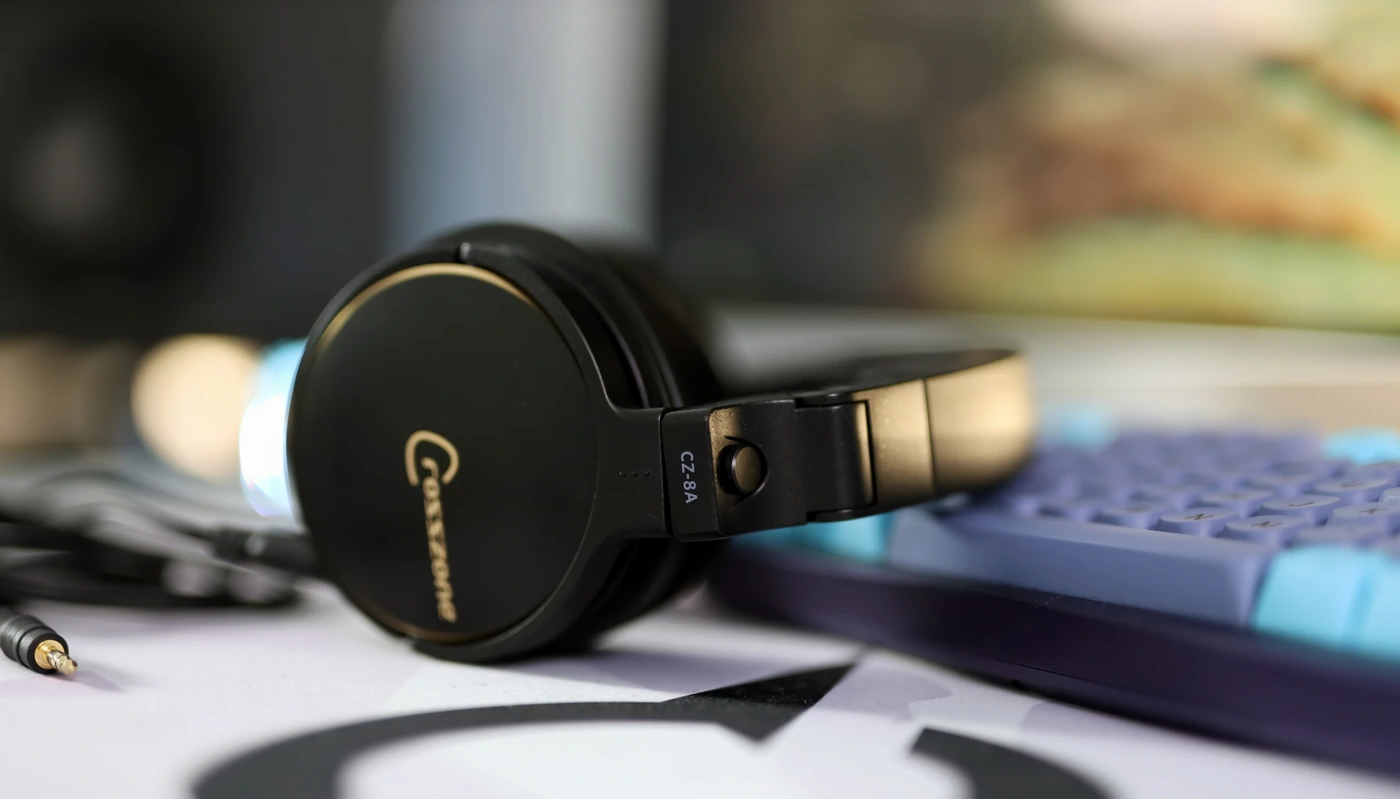
Sound – Sonically, both headphones have a warm presentation with a forward midrange, but Peacock is far more neutral, brings more treble forward, creates more sharpness for all sounds, and creates a more intimate soundstage, where everything is played in your immediate vicinity, while CZ-8a Enhanced can create a huge soundstage around the listener, allowing for far more volume of air to move, a deeper bass, and a smoother treble to dominate the sound. The midrange is more colored with the CZ-8a Enhanced, having a very specific midrange bump / peak, while Peacock brings the whole midrange forward, but follows a more natural frequency response curve and sounds more even all across the range. Both headphones have excellent resolution and detail, but Peacock sounds intimate despite being open back, and the bass rolls off just shy of 35 Hz, while CZ-8a Enhanced creates a much deeper, richer bass, rolls off the treble especially the more you increase the volume, and can project a much larger soundstage, despite being semi open / closed back. The dynamic range of CZ-8a Enhanced is a bit higher in general, so Peacock works a bit better for dynamically compressed music such as rock, pop or Metal.
Value and Conclusion
Crosszone has ben creating boutique headphones for more than 5 years now, and every single time they release a new model, it sounds better than the previous one, yet the new Enhanced version is projected to sell at the same price as the original, the company making the new model a good price / performance ratio compared to their own models. Compared to the market, CZ-8a Enhanced provides one of the best craftsmanship levels, along with exceptional frame and design, but the sonic signature is rather colored and boutique-like, so the overall value is good if you know you’d want this kind of tuning.
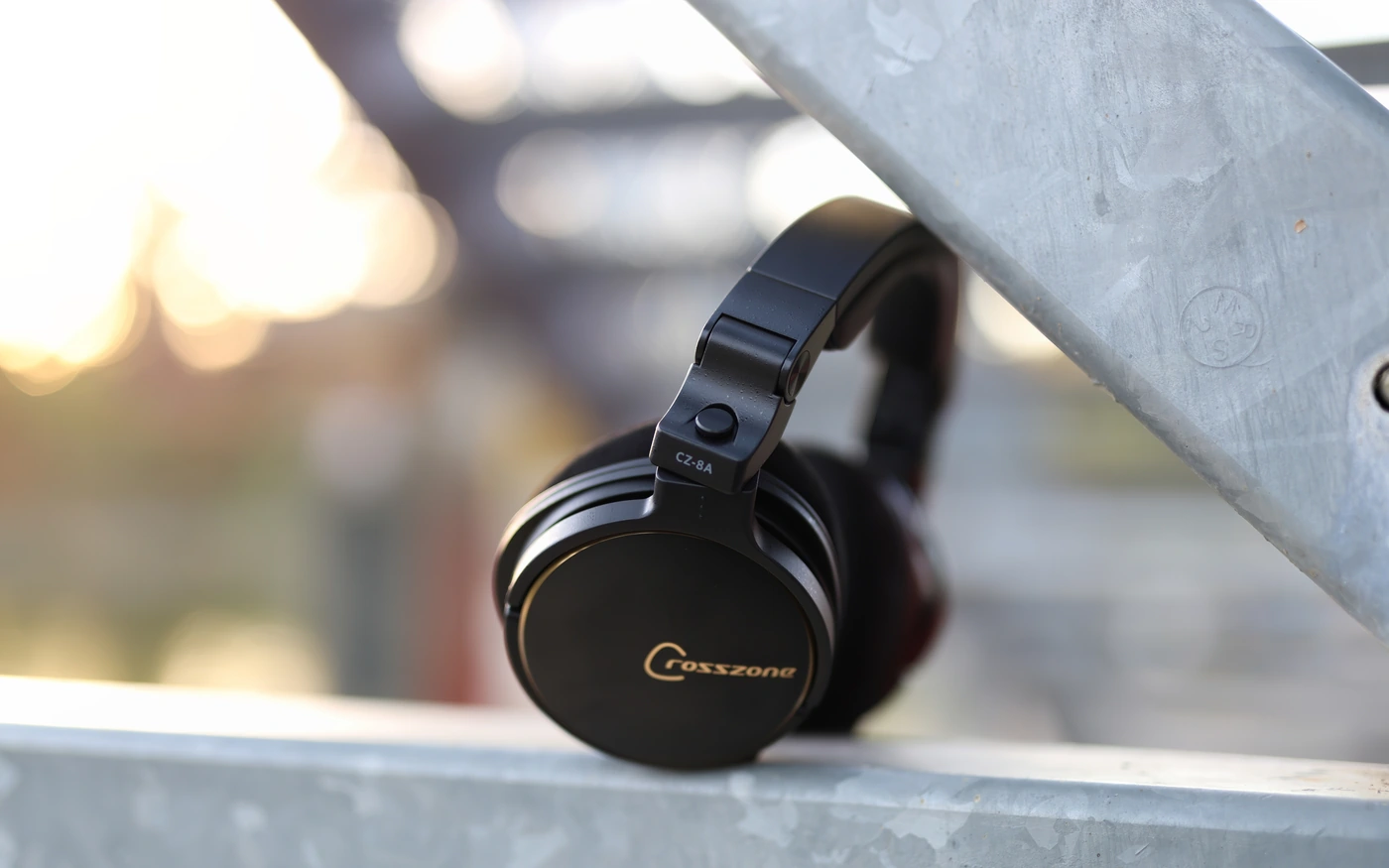
At the end of the day, if you’re looking for a strong, deep and impactful bass, a really wide soundstage, and if you have the means to drive them properly, Crosszone CZ-8a Enhanced is one of the most interesting headphones you could hear which doesn’t follow the Harman or the H-2019 curves, managing to bring a new sound to the market, and creating a uniquely lush and heavy sound which goes deeper and smoother the louder you go.
Product Link
You can grab a pair of the Crosszone CZ-8a Enhanced – https://amzn.to/3QR9myf
--- Please remember to stay safe, and always have fun while listening to music!---
- If you have a dime to spare, please donate, and help us! It would make the day brighter for me and my wife-
Full Playlist used for this review
We listened to more songs than those named in this playlist, but those are excellent for identifying a sonic signature. I recommend trying most of the songs from this playlist, especially if you’re searching for new music! The playlists are different for Spotify, Tidal and Youtube, and based on the songs I enjoy and are available on each!
https://www.youtube.com/playlist?list=PL_cjBXGmwSHSdGcwuc_bKbBDGHL4QvYBu
https://open.spotify.com/playlist/5J3oloz8Riy9LxEGenOjQ0?si=979ba4f082414be7
https://tidal.com/browse/playlist/330fd544-8e5b-4839-bd35-676b2edbb3d5
--- Contact Us ---






Dead Link for purchase. Only Mimic Audio has them with a 300$ added premium cost.
I want a pair. but price gouching is not something I support.
I try to update the links as often as possible, but Crosszone in particular is not easily available outside of Japan, and most shops will add a premium. Sadly, for this brand in particular I do not know of many workarounds, besides contacting MuSon project via email and asking them